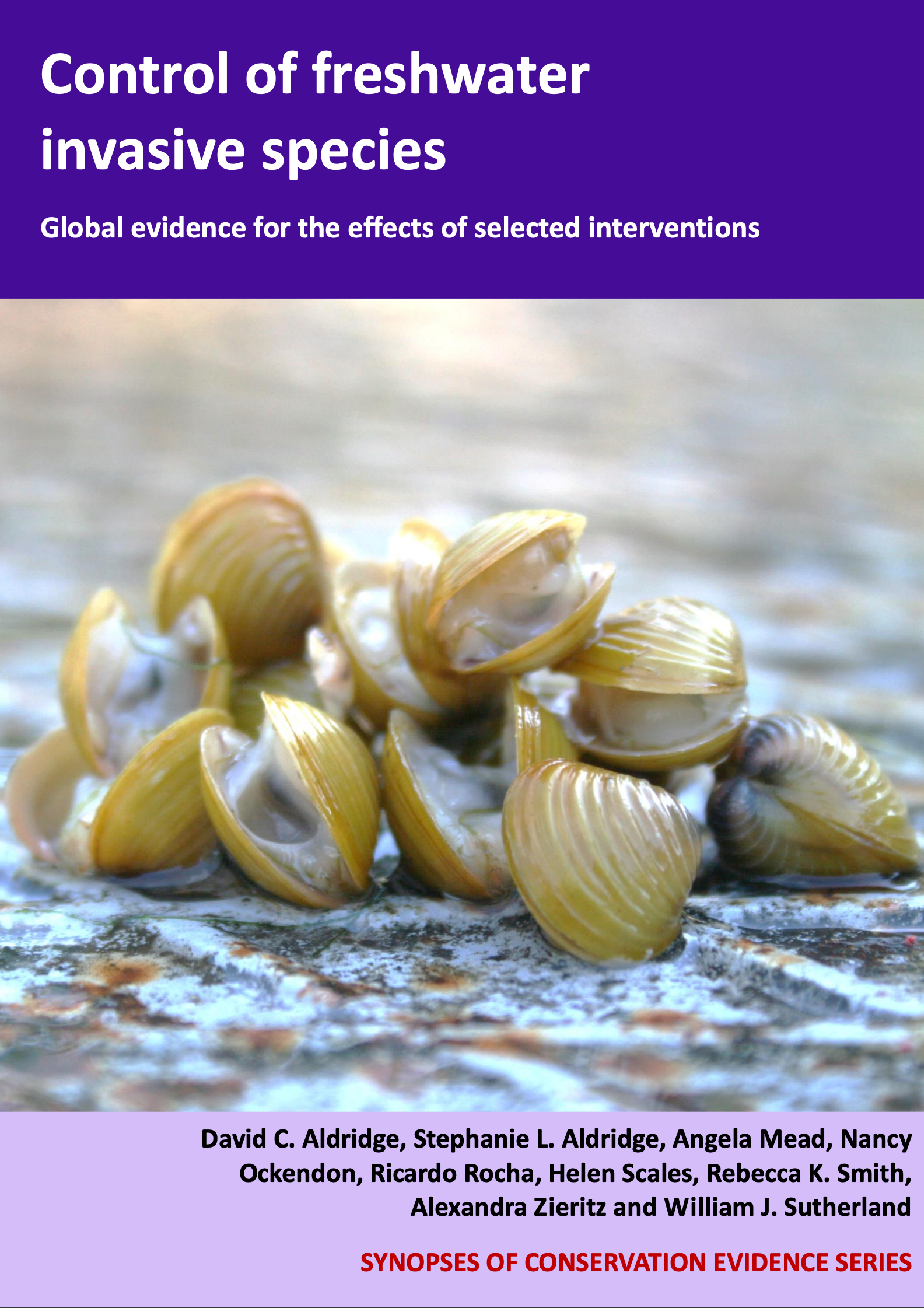Floating pennywort: Flame treatment
-
Overall effectiveness category Likely to be beneficial
-
Number of studies: 1
View assessment score
Hide assessment score
How is the evidence assessed?
-
Effectiveness
60% -
Certainty
50% -
Harms
not assessed
Study locations
Supporting evidence from individual studies
A controlled, replicated, pilot experiment in 2010 in greenhouses in The Netherlands (Joost van der Burg & Michielsen 2010) found that flame treatments of 1, 2 or 3 seconds had a significantly negative and progressive impact on floating pennywort Hydrocotyle ranunculoides. Repeat treatment six hours after the first had no marked effect on the eventual recovery of the plants, but a three second repeat treatment after 11 days proved fatal. The plants were collected from the wild in Laarne, Belgium in early spring 2010 and raised in containers in the greenhouse. Photographs were taken of all treatments and estimates were made of pot surface coverage by green leaves.
Study and other actions tested
Where has this evidence come from?
List of journals searched by synopsis
All the journals searched for all synopses
This Action forms part of the Action Synopsis:
Control of Freshwater Invasive Species
Control of Freshwater Invasive Species - Published 2017
Control of Freshwater Invasive Species Synopsis





)_2023.JPG)














